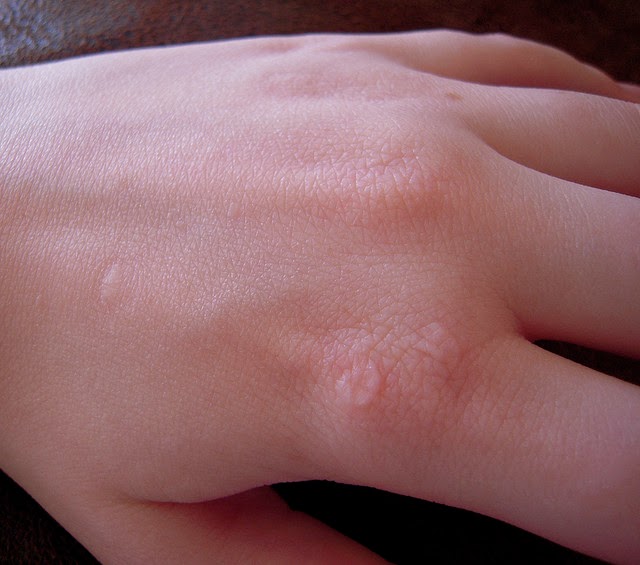
So you just noticed a strange bump on your child's hands. Is that strange growth on your child just a finger wart, or is it something else? How did it even get there in the first place? Has your child been infected with a dangerous virus of some sort? Is it contagious? Will it spread? Other parents who have asked these very questions already know the answers from experience. You can catch up easily with the answers below.
What is a wart?
How do you know if it is a wart and nothing something else? The absolute best way to tell is a quick (and expensive) visit to your child's doctor. But if you're looking to skip the visit and the expense, you can usually tell if it is one indeed once you understand what it is and what it looks like.
A wart is a growth, bump, whatever else you want to call it. It is often rough to the touch. You can sometimes see small black dots in it (which are estuary tiny blood vessels that have clotted). It is caused by the human papilloma virus (HPV). The virus enters small cuts in the outer layer of the skin through direct contact. Once inside, where it's moist and warm, the virus multiplies. The growth is caused by increased production of skin cells due to the infection.
The virus responsible
As stated above, warts are caused by the virus known as the human papilloma virus (HPV). There are over one hundred different strains of the virus. However, only a small number of these strains are responsible for warts. Each type of wart (common, plantar, flat warts, genital) are caused by different strains.
Each virus strain seems to prefer different locations on the human body. For example the strain responsible for plantar warts prefers the feet area. There is a high chance one plantar wart will spread and multiply to other parts of your feet, but almost never spread to your hands. Similarly a finger wart will almost never spread to your feet. It will spread to the hand areas such as your knuckles.
Are they dangerous?
Should you ever cut a wart, bleeding can be extensive for even small cuts. This is because there are many tiny blood vessels connected to a wart. When you cut a wart too deep you end up cutting many small blood vessels at once.
The only strains that are dangerous are the ones that cause genital warts, which are on a completely differently level and therefore are not covered any further here.
Common warts are typically harmless and can usually be left alone. In time they disappear on their own, but it can take months to years. In rare cases, they may grow to a considerable size that may cause discomfort. Plantar warts aren't dangerous but can be painful. The pain comes from constant pressure applied to the harder skin cells regularly from walking, running and standing up.
Armed with the same knowledge now, you're ready to determine if your child has a finger wart or is growing a sixth finger. Check out www.howdoigetridofwarts.com for some easy to follow home treatment options. If you aren't sure, it may well be worth the visit to the doctor for a professional diagnosis.